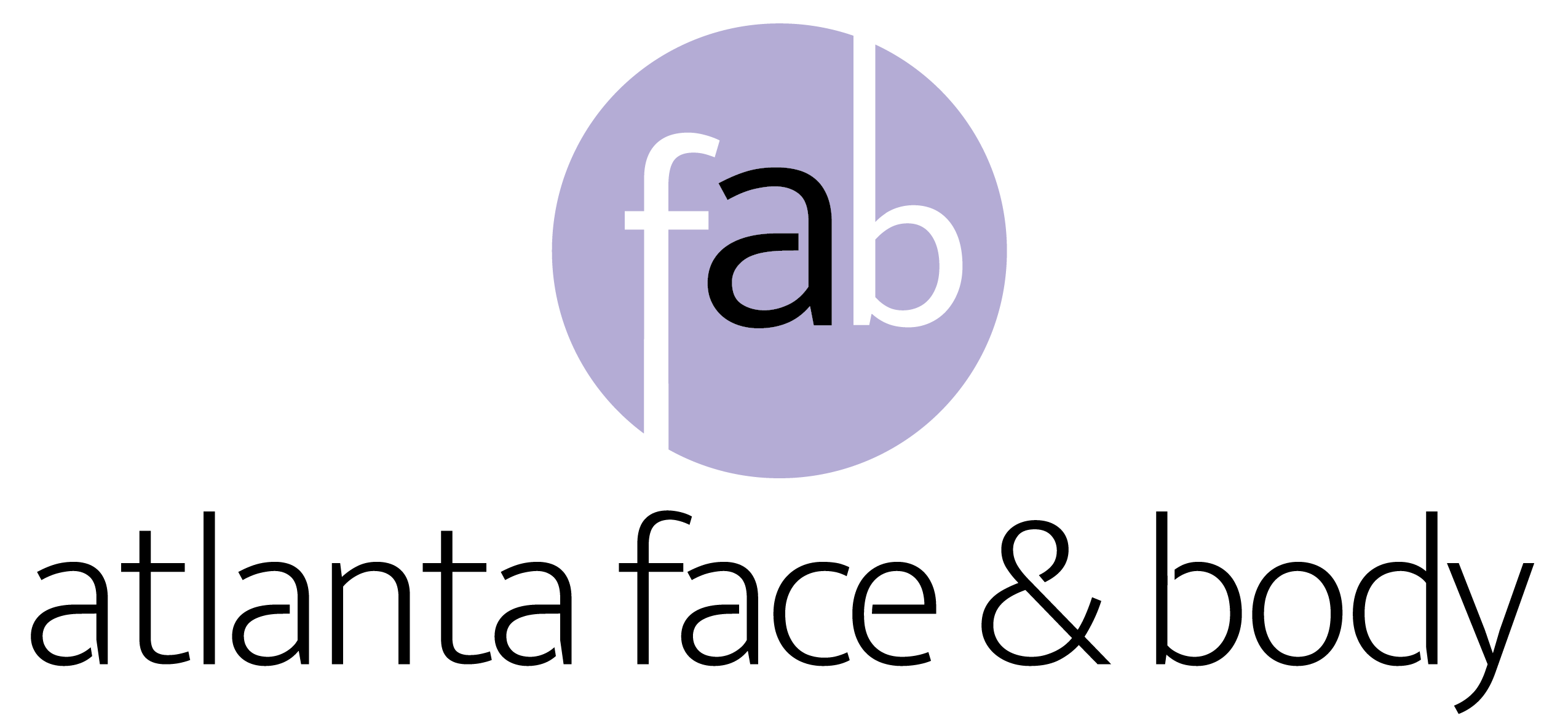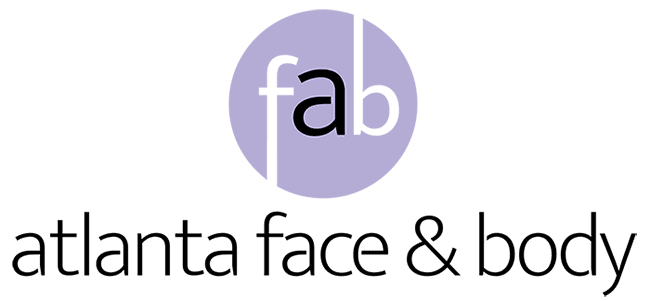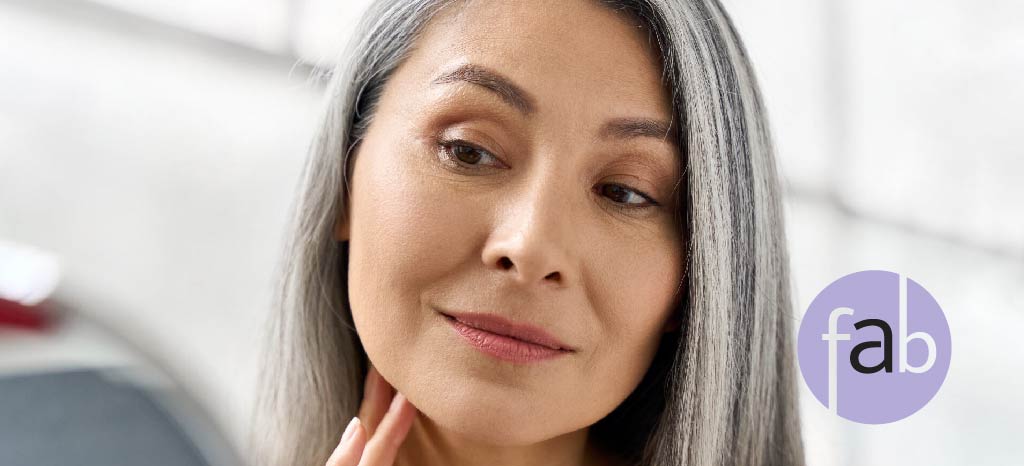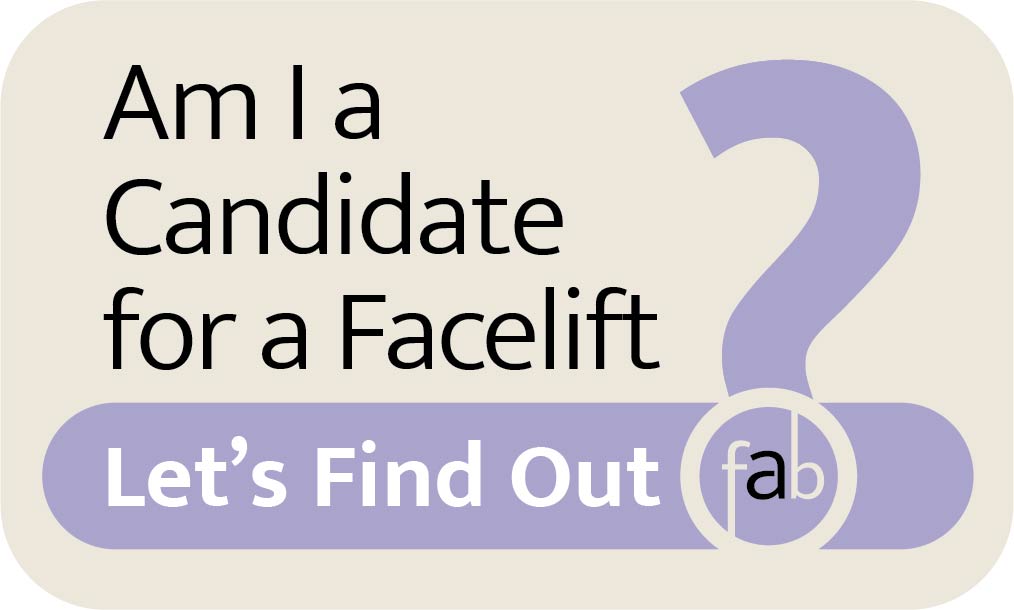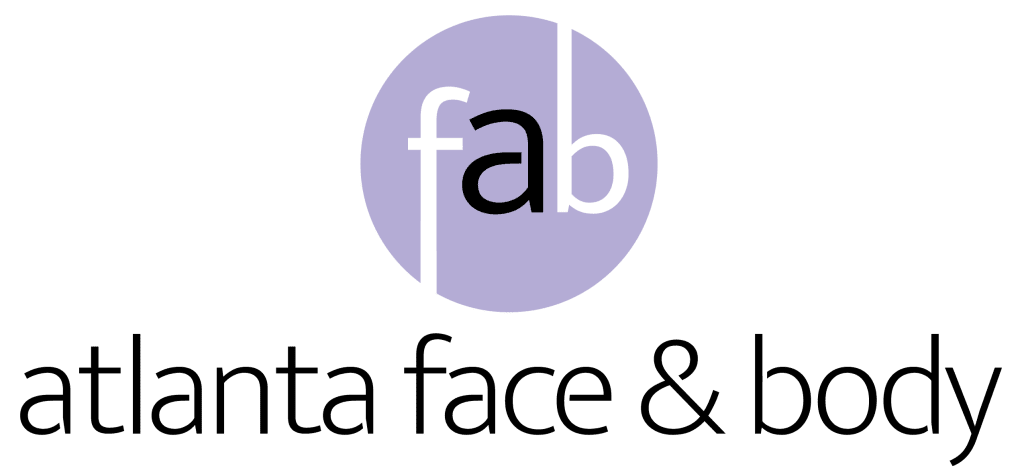Did you know that only about 2% of people worldwide have perfectly symmetrical faces? Despite this rarity, societal ideals often emphasize facial symmetry as a hallmark of beauty and attractiveness.
However, for many individuals, facial asymmetry is a common trait that can affect self-perception and confidence. Whether due to genetics, aging, or injury, uneven features can impact how we perceive ourselves in the mirror.
In this blog post, we’ll explore how to address facial asymmetry using various treatments and techniques, offering options for those looking to enhance their appearance and boost their self-esteem.
These options include a host of surgical procedures available at Atlanta Face & Body. Let’s get started.
What Is Facial Asymmetry?
Facial asymmetry refers to the natural unevenness or imbalance in the size, shape, or position of facial features. It’s important to recognize that nearly everyone exhibits some degree of facial asymmetry, as perfect symmetry is exceptionally rare, observed in only about one in every 50 people around the world.
Facial asymmetry can manifest in various ways, such as differences in the size or shape of eyes, eyebrows, cheeks, lips, or ears between the left and right sides of the face. Structural imbalances may also include variations in the jawline, chin, or cheekbones.
These differences can result from genetic factors, aging processes affecting skin elasticity and bone structure, or trauma and injury to the face, which we will consider in greater detail below.
Genetics
Genetic factors play a fundamental role in determining the size, shape, and symmetry of facial features. Facial characteristics are inherited from parents, and certain genetic traits can lead to more pronounced asymmetry in some individuals.
While everyone’s face is unique, genetic conditions or family traits can contribute to noticeable differences between the left and right sides of the face. These genetic variations may affect the positioning of facial bones, the development of muscles, and the distribution of fat and tissue, all of which can influence facial symmetry.
Aging
As people age, natural changes occur in the skin, muscles, and bones of the face, which can contribute to facial asymmetry. The gradual loss of collagen and elastin fibers in the skin leads to reduced elasticity and firmness, resulting in sagging and wrinkles. This loss of skin tone can affect the symmetry of facial features, particularly around the:
- Cheeks
- Jawline
- Forehead
Moreover, changes in bone structure due to bone resorption, where bones lose density over time, can alter the shape and contour of the face. These age-related changes can lead to asymmetry as facial proportions shift with time.
Injury or Trauma
Physical trauma or injury to the face, such as fractures, cuts, or surgeries, can disrupt the natural alignment of facial features and cause asymmetry. The severity and location of the injury can determine the extent of asymmetry, with traumatic incidents potentially resulting in noticeable changes to facial contours.
During the healing process, tissue volume and positioning may be affected, leading to visible differences in symmetry. Depending on the nature of the injury and the effectiveness of medical treatment, asymmetry caused by trauma can be temporary or permanent.
Surgical Treatments
When non-invasive methods prove insufficient, surgical treatments offer lasting solutions to correct facial asymmetry. These cosmetic procedures involve precise interventions to reshape and balance facial features, tailored to each individual’s unique needs.
Facelift
A facelift, or rhytidectomy, is a surgical procedure aimed at tightening and lifting the skin and underlying muscles of the face and neck. It addresses sagging skin, deep creases, and jowls, contributing to a more youthful and balanced facial appearance.
During the procedure, excess skin is carefully removed, and tissues are repositioned to create a smoother, rejuvenated contour. Recovery typically involves some swelling and bruising, which subsides gradually over several weeks. This reveals more defined facial contours and a revitalized look.
Buccal Fat Reduction
Buccal fat reduction involves the surgical removal of excess fat pads from the cheeks to achieve a slimmer and more defined facial contour. It specifically targets the buccal fat pads located in the lower cheek. It helps to enhance cheekbone definition and reduce facial fullness.
The procedure is performed through small incisions made inside the mouth, minimizing visible scarring and allowing for a quicker recovery compared to traditional surgical methods. Patients may experience mild swelling and discomfort initially, but results gradually reveal a sculpted and balanced facial appearance.
Cheek Lift
A cheek lift, also known as a midface lift, focuses on elevating the tissues of the cheeks and under-eye area. This procedure restores volume to the midface region and improves cheekbone prominence, addressing sagging and restoring youthful contours.
It can be performed using various techniques. This includes minimally invasive methods that involve small incisions placed inconspicuously within the hairline or inside the mouth.
Recovery involves mild swelling and bruising, with final results becoming apparent as swelling diminishes, revealing a lifted and rejuvenated appearance.
Fat Transfer to Face
Fat transfer, or fat grafting, involves harvesting fat from one part of the body and injecting it into areas of the face that require augmentation or enhancement. This technique is effective for correcting facial asymmetry by adding volume to areas such as the:
- Cheeks
- Temples
- Jawline
Fat transfer offers natural-looking results and can be customized to achieve balanced facial proportions. Patients may experience mild swelling and bruising at the donor and recipient sites.
Chin Implant
A chin implant procedure involves the surgical insertion of an implant to enhance the projection and definition of the chin. It helps improve facial balance by strengthening the profile and providing better harmony between facial features.
Chin implants come in various shapes and sizes to meet individual aesthetic goals. The procedure can often be combined with other facial surgeries for comprehensive enhancement.
Chin Liposuction
Chin liposuction targets excess fat deposits under the chin and along the jawline, improving facial contours and reducing the appearance of a double chin. This procedure uses a small cannula to suction out fat cells, refining the jawline and enhancing facial definition.
It is often recommended for individuals with good skin elasticity and mild to moderate fat accumulation in the chin area. Patients will see noticeable improvements in facial contours and a more balanced appearance.
Facial Contouring
Facial contouring encompasses a range of surgical techniques aimed at reshaping and harmonizing facial features. It may involve a combination of procedures tailored to address specific areas of asymmetry, such as the cheeks, chin, and jawline.
The goal is to create balanced facial proportions and improve overall facial aesthetics, enhancing both appearance and self-confidence. Recovery varies depending on the extent of procedures performed but generally, the final results become apparent over the course of several weeks to months.
Forehead Lift
A forehead lift, or brow lift, targets the upper face to correct sagging brows and forehead wrinkles. It helps elevate the eyebrows to a more youthful position and smooths out forehead creases, contributing to a more symmetrical and rejuvenated appearance.
The procedure can be performed using traditional surgical methods or minimally invasive techniques, depending on the patient’s preferences and desired outcomes.
Benefits of Improving Facial Symmetry
Improving facial symmetry through various treatments can offer several benefits, both aesthetic and psychological, enhancing overall well-being and self-confidence. Here are the key advantages of asymmetry correction.
Aesthetic Enhancement
Enhancing facial symmetry can lead to a more balanced and harmonious appearance. Symmetrical features are often perceived as more attractive and pleasing to the eye.
Procedures like facelifts, chin implants, and fat transfers can reshape and refine facial contours, improving proportions and creating a more symmetrical look. This can result in a more youthful and refreshed appearance, boosting self-esteem.
Enhanced Facial Harmony
Balanced facial features contribute to better overall facial harmony. Procedures such as cheek lifts can correct asymmetry in the cheeks and jawline, bringing facial features into better alignment.
This harmony can improve facial proportions and how different features complement each other, resulting in a more natural and appealing appearance.
Improved Self-Confidence
Addressing facial asymmetry can significantly enhance self-confidence and self-image. Many individuals feel more comfortable and confident in social and professional settings when they are satisfied with their appearance.
Achieving a more symmetrical and balanced facial appearance can positively impact overall quality of life.
Youthful Appearance
Certain procedures, such as facelifts and forehead lifts for example, can help reduce signs of aging and restore a more youthful appearance. By lifting sagging skin, smoothing wrinkles, and improving facial contours, these treatments can rejuvenate the face and create a more refreshed look.
This can lead to a more energetic and youthful appearance, enhancing how individuals are perceived by others and boosting self-confidence.
Long-Term Satisfaction
Many surgical procedures provide long-lasting results, offering individuals the opportunity to enjoy their enhanced facial symmetry for years to come.
Choosing the right treatment based on individual goals and preferences can lead to long-term satisfaction with one’s appearance, promoting a positive self-image and overall well-being.
Non-Surgical Treatments
Non-surgical treatments offer accessible and temporary solutions to address facial asymmetry, catering to individuals seeking less invasive options to enhance their appearance. Here are three options that can help to improve facial balance.
Makeup Techniques
Makeup can be a powerful tool in creating optical illusions to balance facial features. By strategically applying makeup, individuals can visually correct asymmetrical features.
For instance, using contouring techniques involves shading darker tones to areas needing more definition, such as under cheekbones or along the jawline.
Highlighting, on the other hand, involves applying lighter shades to areas that need to stand out, like the brow bones or the bridge of the nose. This technique draws attention away from asymmetrical areas and helps create a more balanced appearance overall.
Orthodontic Treatments
Orthodontic treatments such as braces or aligners are effective for correcting jaw misalignment, which can contribute to facial asymmetry. Braces gradually reposition teeth to improve the alignment of the jaw and bite, resulting in better facial harmony.
Aligners, such as clear aligner systems like Invisalign, provide a more discreet option for adjusting teeth alignment without the visibility of traditional braces.
Over time, these treatments can help align the teeth and jaw, reducing asymmetry and enhancing facial aesthetics.
Injectable Fillers
Injectable fillers are a popular choice for temporarily correcting facial asymmetry by adding volume to specific areas of the face. Commonly used fillers include hyaluronic acid-based products like Juvederm or Restylane, which are injected beneath the skin to:
- Smooth wrinkles
- Add volume to cheeks, temples, and jawline
- Improve overall facial symmetry
These fillers are versatile and can be customized to address individual concerns, such as hollowed cheeks or uneven facial contours. The procedure is minimally invasive, involving only a few injections and typically requires minimal downtime.
Results are visible immediately and can last from several months to over a year, depending on the type of filler used and individual metabolism.
Choosing the Right Treatment
When considering options to address facial asymmetry, several factors should guide your decision-making process. These include cost, recovery time, and expected results.
Cost
Cost varies widely depending on the type of treatment chosen. Non-surgical options like makeup techniques and injectable fillers tend to be more affordable upfront compared to surgical procedures such as facelifts or fat transfer.
However, surgical treatments may offer more permanent results, which can justify the higher initial investment for some individuals.
Recovery Time
Recovery time is an important consideration, especially for those with busy lifestyles or specific social or professional obligations. Non-surgical treatments often involve minimal to no downtime, allowing individuals to resume daily activities immediately.
In contrast, surgical procedures like facelifts or chin implants may require several weeks for swelling and bruising to subside, and for final results to become fully apparent.
Expected Results
Understanding the expected results of each treatment option is crucial for managing expectations. Non-surgical treatments like makeup techniques or injectable fillers offer temporary improvements and may need regular maintenance sessions to sustain results.
Surgical treatments like facelifts or fat transfer provide more permanent solutions with noticeable improvements in facial symmetry and overall appearance.
How to Address Facial Asymmetry
If you’re looking to learn more about how to address facial asymmetry, Atlanta Face & Body, an AAAHC-accredited plastic surgery center, offers a range of expert treatments tailored to your needs.
Request a consultation today to explore our personalized options and achieve a more balanced and confident appearance. Contact us now to get started.
